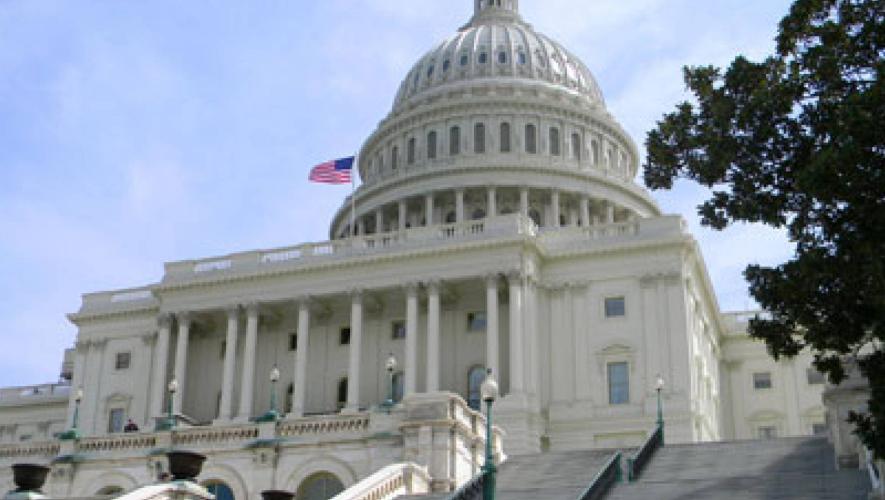The FAA recently released a Notice of Policy titled “Policy Clarifying Definition of ‘Actively Engaged’ for Purposes of Inspector Authorization,” and industry comments on the new definition are mixed.
In the policy notice the FAA states, “Actively engaged means an active role in exercising the privileges of an airframe and powerplant mechanic certificate in the maintenance of civil aircraft. Applicants who inspect, overhaul, repair, preserve or replace parts on aircraft, or who supervise (i.e., direct and inspect) those activities, are actively engaged. The ASI may use evidence or documentation provided by the applicant showing inspection, overhauling, repairing, preserving or replacing parts on aircraft or supervision of those activities. This evidence or documentation when required could include employment records showing performance or supervision of aircraft maintenance, return-to-service documents and/or copies of maintenance record entries. Technical instructors or individuals instructing in an FAA Part 147-approved AMT school who also engage in the maintenance of aircraft certified and maintained in accordance with 14 CFR can be considered actively engaged. Individuals instructing in an FAA Part 147 AMT school who also engage in the maintenance of aircraft-related instruction equipment maintained in accordance with 14 CFR standards can be considered actively engaged.”
Dale Forton, president of the Professional Aviation Maintenance Association (PAMA), said, “We are unsure as to why this interpretation was issued from such an uninformed position. It is a poor definition of ‘actively engaged.’ It doesn’t include individuals involved in training, parts manufacturing, technical advice or regulatory work where you’re still using your A&P skills.”
Jeff Gruber, assistant professor and program coordinator for the Aviation Maintenance Technology program at Ohio’s Columbus State Community College, had a different perspective. “While the definition of ‘actively engaged’ for an IA [Inspection Authorization] is not as clear as we would have hoped, PAMA’s original proposal was taken into account and several of the items were brought into the interpretation. [The FAA is] mirroring the requirements of Part 65 defining currency for a mechanic. That’s one big hurdle we won, especially the supervision portion, so if you are directly in charge of ensuring airworthiness you can show actively engaged. However, my opinion is that the FAA just opened a can of worms. People seem to forget that this is an authorization and not a certificate. It traces back to the FAA outsourcing its own jobs in the 1970s. I think it’s high time the IA becomes a certificate.”
John Wicht, engineering and FAA certification manager for Rapco, said, “I am deeply concerned with the FAA’s interpretation. It has forgotten the thousands of A&P mechanics like me who work in aviation manufacturing. I use my A&P and IA skill set daily when performing my job functions but it doesn’t meet the FAA’s definition of actively engaged. I think the FAA needs to take another look at this.”
Terry Michmerhuizen, a certification engineer for Duncan Engineering in Battle Creek, Mich., posed the question, “Who is going to be left to conduct the eight-hour renewal training events? Will the FAA drop them too or will it allow them to be instructed by people without IA privileges? I would expect that to be less than appealing to most IAs. I think we are all aware that there are many good technicians who can turn a wrench and inspect the aircraft but it takes a special skill to be able to communicate technical issues and regulatory requirements to a diverse audience. Not every A&P, even with an IA, would make a good classroom instructor. Part 147 instructors, who usually are talented and experienced enough to do this type of teaching, often don’t meet the criteria of the definition and could be excluded! How does that make any sense?”






